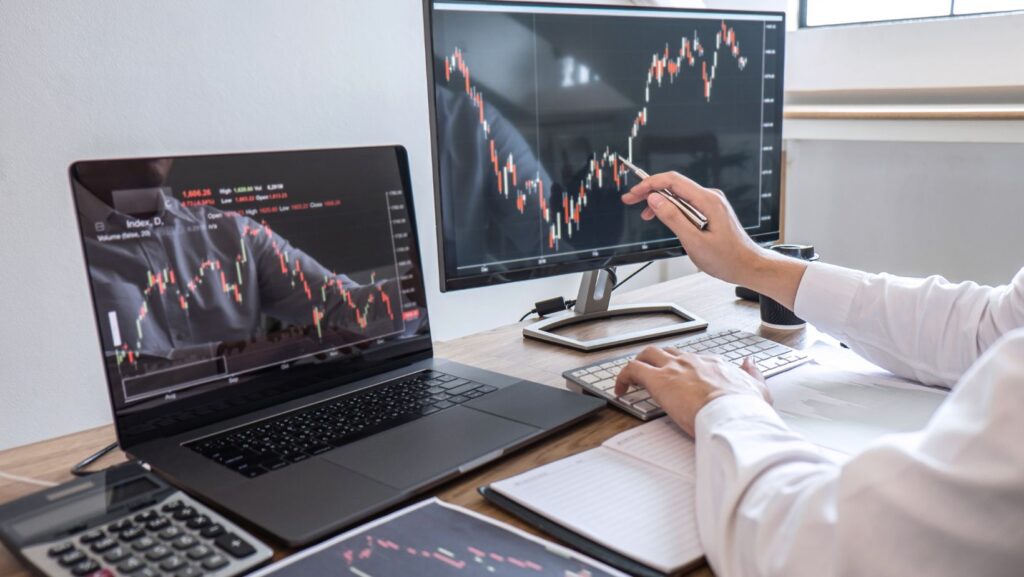Decentralized exchanges have opened the door for direct peer-to-peer trading across multiple digital assets without the need for a central authority. This freedom also brings new risks that must be handled with care to protect funds and personal information. The key to safe multi-asset trading lies in using proven methods that reduce risk while keeping control firmly in the hands of the individual.
As more people move assets across different platforms, the need for clear security practices becomes more important. From the choice of trading platforms to the way private keys are stored, every step plays a role in protecting value. By following structured methods, traders can build confidence and trade across assets with greater peace of mind.
Use audited smart contracts from reputable DEXs like Uniswap and PancakeSwap
Smart contracts run every trade on decentralized exchanges. If the code has flaws, funds can be at risk. Reputable platforms like Uniswap and PancakeSwap undergo audits to check for errors and vulnerabilities before users interact with them. These audits add an extra layer of trust for traders.
Audited contracts reduce the chance of exploits that could drain liquidity pools or manipulate trades. Therefore, traders should avoid unknown platforms that lack a proven security record. Choosing DEXs with a history of audits provides more confidence in the safety of transactions.
A secure decentralized trading platform depends on transparent code, third-party reviews, and active community oversight. Platforms that meet these standards allow users to trade multiple assets while keeping control of their private keys. For example, a secure decentralized trading platform offers self-custody and low fees while supporting a range of trading options.
By sticking to established DEXs with audited contracts, traders can reduce unnecessary risks and focus on the actual strategies behind their swaps.
Store private keys securely using hardware wallets such as Ledger or Trezor
Private keys give full control over digital assets, so they must stay safe. Hardware wallets such as Ledger or Trezor keep these keys offline, which reduces the risk of online attacks. This approach makes it harder for hackers to access funds through malware or phishing attempts.
These devices generate and store private keys inside secure chips. Transactions can be signed on the device without exposing the keys to the internet. As a result, users gain stronger protection compared to software wallets connected to online networks.
Hardware wallets also support multiple assets, which makes them useful for traders who manage different tokens on decentralized exchanges. Instead of juggling separate tools, they can manage several assets in one device with consistent security standards.
It is important to set up the device carefully and record the recovery phrase in a safe offline location. Without this backup, lost or damaged devices could result in permanent loss of funds.
Enable two-factor authentication (2FA) on all associated accounts
Two-factor authentication adds a second step to the login process, which makes it harder for attackers to access accounts with only a password. This extra check often uses a code sent to a phone or generated by an app.
Traders who manage assets across multiple platforms should activate 2FA on every connected account. This includes wallets, exchanges, email accounts, and payment services. A single weak account can create a path for unauthorized access.
Most platforms allow users to turn on 2FA in account settings. The process usually involves scanning a QR code with an authenticator app or confirming a phone number. These steps take only a few minutes but add significant protection.
It is also important to update recovery options and store backup codes in a safe place. This prevents lockouts if a device is lost. By applying 2FA consistently, traders reduce the risk of compromised accounts and keep their trading environment safer.
Verify token contract addresses before trading to avoid scams
Traders often face fake tokens that copy the name or symbol of popular projects. A quick way to reduce risk is to confirm the official contract address before making a trade. Each token has a unique address on its blockchain, and this detail cannot be altered.
The safest step is to check the contract address through a blockchain explorer. By entering the address, traders can view supply, holders, and transaction history. If the details do not match the official source, the token may be fraudulent.

It also helps to compare the contract address with information shared by trusted project channels. Scammers often create tokens with similar names, but the address will always differ. Therefore, verifying this detail can prevent losses.
Liquidity levels and the number of holders also provide useful signals. A token with almost no liquidity or very few holders may indicate a scam. Taking time to confirm these factors supports safer multi-asset trading on decentralized exchanges.
Utilize decentralized identity solutions for improved privacy
Decentralized identity solutions give traders more control over their personal data. Instead of storing information with a central authority, users keep their credentials in secure wallets. This limits exposure and reduces the chance of large-scale data leaks.
These systems often use blockchain technology to verify identities without revealing unnecessary details. For example, a trader can prove eligibility to trade specific assets without disclosing sensitive personal information. This selective sharing helps protect privacy while still meeting verification needs.
In addition, decentralized identity can simplify access across multiple platforms. A single verifiable credential can work across different decentralized exchanges, removing the need for repeated sign-ups. This creates a smoother experience without sacrificing security.
By reducing reliance on centralized databases, decentralized identity also lowers the risk of unauthorized access. Traders gain more confidence knowing their private data is not held in a single vulnerable location. This approach supports both privacy and security in multi-asset trading environments.
Conclusion
Decentralized exchanges give traders direct control of their assets, but they also demand careful attention to security practices. Strong habits such as using audited platforms, securing private keys, and checking transaction details help reduce risks.
Multi-asset trading adds more complexity, yet clear strategies like hardware wallet use and cross-chain verification create safer conditions. Each layer of protection strengthens confidence in the process.
As decentralized finance grows, traders who apply these methods can handle diverse assets with greater safety. By combining secure tools with informed choices, they protect value while benefiting from the flexibility of DEXs.
